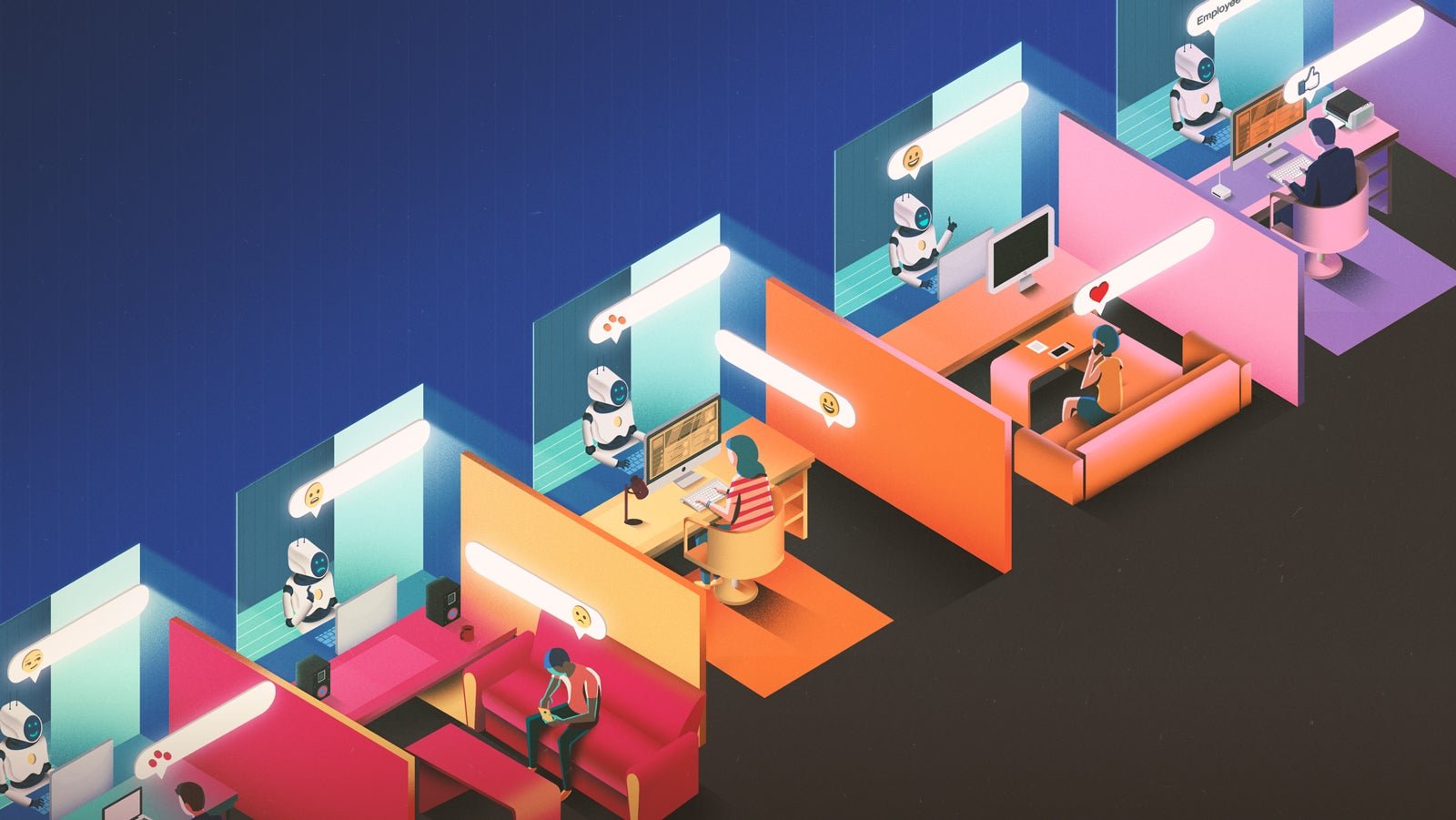Bots are emerging as the trusty assistants of the workplace
Automation is coming to put us out of work—or so we’re told. But what if automation is actually the key to unlocking human productivity at work? Instead of warily viewing automation as an existential threat to our jobs, what if we embraced it as a tool that helps us better collaborate with each other? As workplace communications gradually shift towards messaging platforms, mirroring the rise of personal messaging apps, there is perhaps no emerging technology better suited for changing the paradigm of communication than bots—the automated assistants of the future.


Automation is coming to put us out of work—or so we’re told. But what if automation is actually the key to unlocking human productivity at work? Instead of warily viewing automation as an existential threat to our jobs, what if we embraced it as a tool that helps us better collaborate with each other? As workplace communications gradually shift towards messaging platforms, mirroring the rise of personal messaging apps, there is perhaps no emerging technology better suited for changing the paradigm of communication than bots—the automated assistants of the future.
The days of strolling over to a coworker’s desk to ask them a question are dwindling. Internal conversations have shifted to digital channels, where team members can discuss deadlines and drop emojis with ease. Lurking in these chats are integrated bots, acting as handy assistants that never need a lunch break. Bots can coordinate project deadlines, share documents, and even let visitors into offices—just a few of the myriad of potential applications. These kinds of mundane, routine tasks that demand impeccable organization are the ideal domain for bots to add value to.
Chatbots are by no means a recent invention. Many who came of age in the 2000’s first chatted with one through instant messaging apps, with bots clumsily fielding questions from curious users. Luckily, the smarter brethren of these bots—the chatbot—are revealing a new side of automation. Today’s chatbots are smarter and more attuned to the nuances of modern communication. Advancements in fields like natural language processing and UX design, coupled with a cultural shift towards text-based communication, have created fertile ground for chatbots to prosper. By keenly focusing on the user experience, designers strive to create bots that are both functional and conversational, allowing for them to seamlessly integrate into worker’s routines.
The appeal of these chatbots is made apparent by their popularity—they’ve been adopted by numerous organizations. Chatbots’ rapid uptake is due in part to their newfound ease: Integrating a useful chatbot into a firm’s workflow used to be a challenge, but new tools have simplified the process tremendously. Platforms like Workplace by Facebook offer suites of pre-built chatbots, from HR surveys to onboarding assistants, as well as the ability for companies to create their own custom bots. Today, gauging employee sentiment towards a CEO’s speech, tracking employee safety in a crisis, or opening IT tickets are all tasks within the purview of automation. The appeal is obvious: By outsourcing these time-consuming tasks to bots, people can focus on the creative and emotional work that only humans can do. It is this emphasis on thought-provoking work—facilitated by automation— that empowers employees to be engaged in their jobs, leading to greater levels of productivity that benefits both their companies and their careers.
Since employees are already deeply imbedded in workplace messaging tools, chatbots serve as a natural extension of the platforms they are accustomed to. Julien Codorniou, the VP of Workplace by Facebook, believes offices will “start embracing automation thanks to how effectively bots can streamline people’s work, opening up new opportunities for creativity. ” It is the ease of adoption, coupled with a human-like ability to hold a conversation, that allows chatbots to excel as the assistants of the future.
As the global workforce increasingly embraces digital tools, and automation improves at a rapid pace, chances are workers will interact with bots more and more as part of their daily routines. Done right, these programs have the potential to transform the way we work, pairing robots and humans into a formidable force that can thrive in an increasingly complex world.
This article was produced on behalf of Workplace by Facebook by Quartz Creative and not by the Quartz editorial staff.